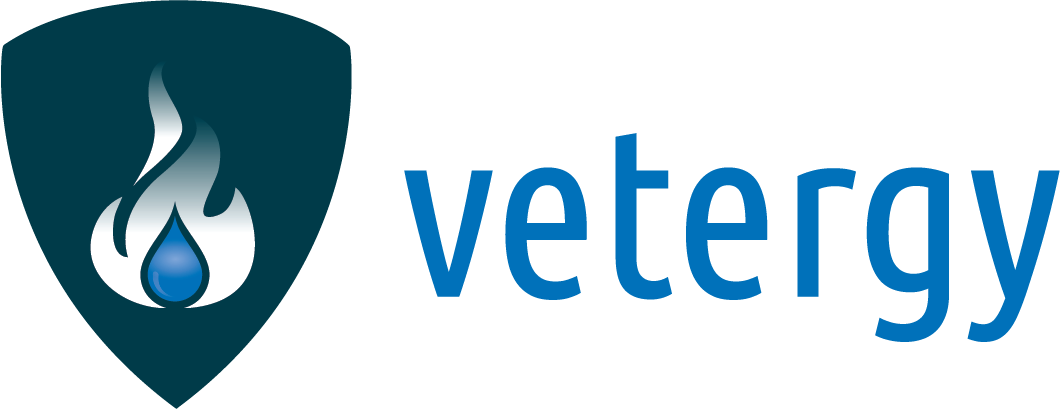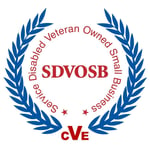The COVID-19 global pandemic has brought about many challenges to organizations around the globe. It is all too easy to deviate from organizational standards and norms when it comes to operations and safety.
We are finding more and more organizations are asking their employees to overcome these challenges by making changes in one part of their system that have universal effects on the organization’s operations. Thus organizations’ adaptions to their challenges are uncovering gaps in safety and reliability.
Real World Example:
Recently we assisted a company that provides offshore logistics services for organizations in the energy sector with an investigation they conducted on one of their support vessels. This company was having performance issues as a result of their efforts to maintain operations during the global pandemic. In March, when air travel became nearly impossible due to COVID-19 restrictions, her company began crewing their offshore vessels with qualified but less experienced operators who lived in the locales near where the vessels were operating. Back in March the leadership team conducted a risk assessment prior to bringing the less experienced crew members on board and determined that while there was risk associated with this initiative, it could be adequately mitigated by ensuring the vessel captains and crew supervisors were aware, equipped and prepared to manage the new hires with additional direct supervision.
Although this seemed to be an effective plan for addressing the manpower shortage, six months later there was a noticeable up-tick in near-miss events and incidents. In reflecting on this, we realized the leadership had allowed themselves to become complacent in how they managed their adjustments.
So, what happened?
First, the organization failed to recognize the warning signs indicating things were not progressing as well as expected. While performance metrics were good, how crew members performed their tasks began to change. New crew members did not have the knowledge and experience to properly operate, maintain, repair, and manage the equipment with which they were working. As the equipment began to degrade, the crewmembers would rely on the auxiliary and back-up modes of the equipment. After a short while, this became the standard way of operating. While there is nothing inherently unsafe about using the back-up modes themselves, the fact the primary modes of operation were not available indicates an increased exposure to risk. In other words, when the primary mode fails, the back-up mode gives the crew member options for good judgement and prudence. The attitude that it is acceptable to continually run in a back-up mode of operation is troubling, as it exposes the operators to fewer options and more risk.
Second, the leadership did not check the effectiveness of their plan. When the risk analysis was initially completed, senior leadership identified a date, 60 days after implementation, when the plan to back-fill the vacancies with less experienced crew members would no longer be authorized. The idea was to force a review of the plan and extend the authorization only if it was apparent the risk was being adequately managed. This review did not happen. Authorization was not “officially” extended, yet the crews kept operating like it was business as usual. Had an audit been performed, leadership would have at least been aware that the new crews were struggling to keep the equipment properly functioning and accomplish the workload on time.
In their response to address manpower issues brought on by the COVID-19 global pandemic, the organization’s leadership unwittingly normalized deviations away from their norms when they created conditions where crew members were tasked to perform work, they were not competent to perform. Furthermore, they failed to monitor that performance against an appropriate metric.
To learn more about normalized deviations and how to identify risks associated with Human Factors in an organization, visit us HERE.



 1200 Corporate Drive, Ste 170
1200 Corporate Drive, Ste 170




